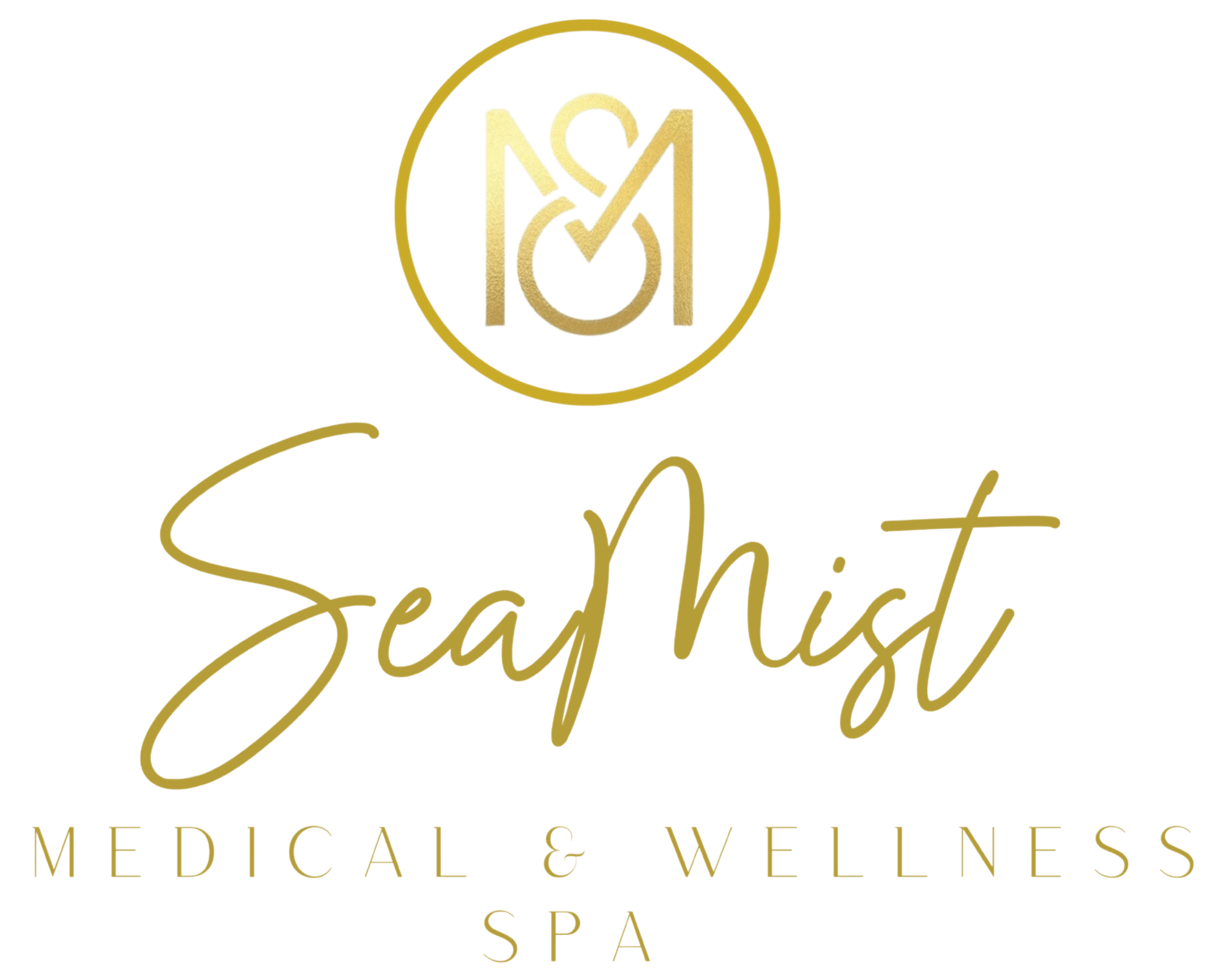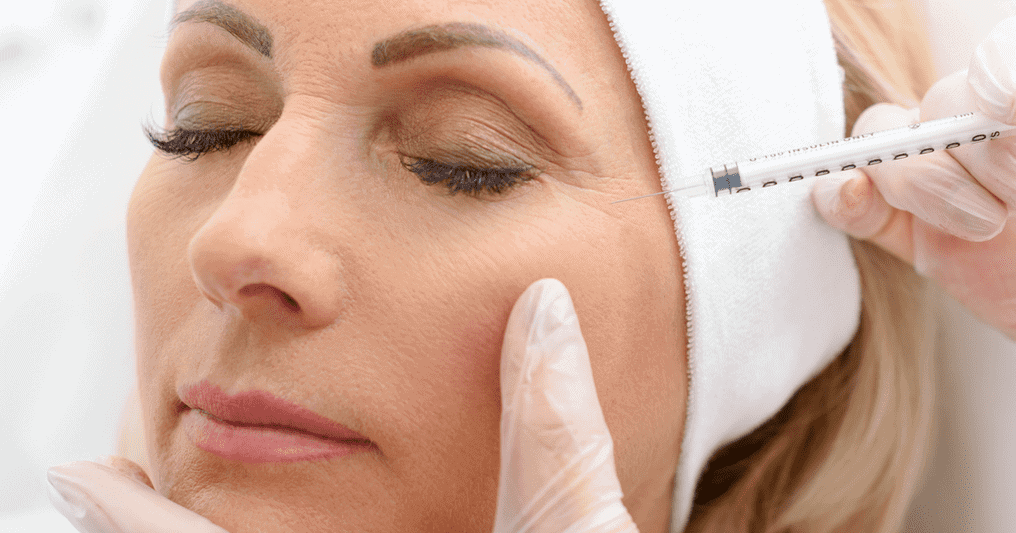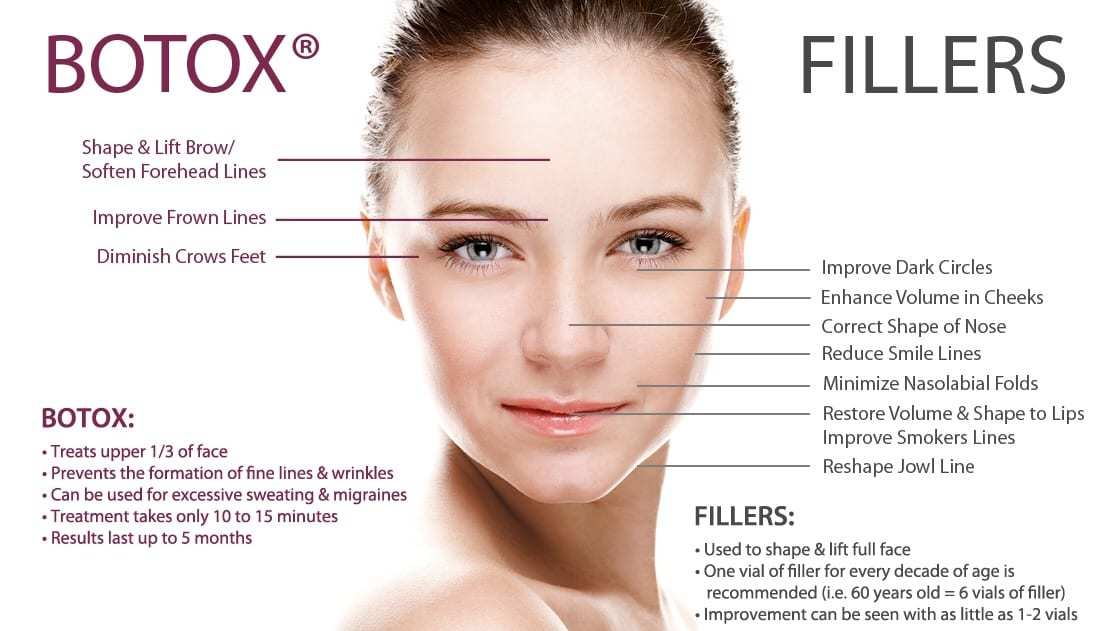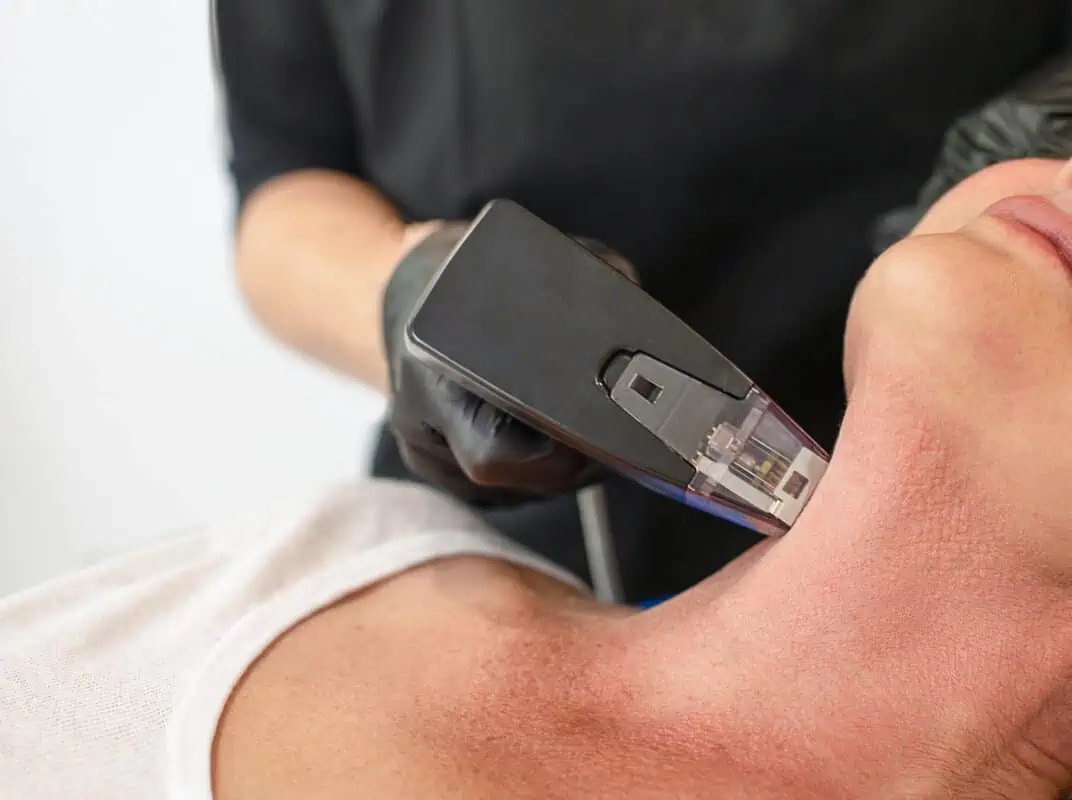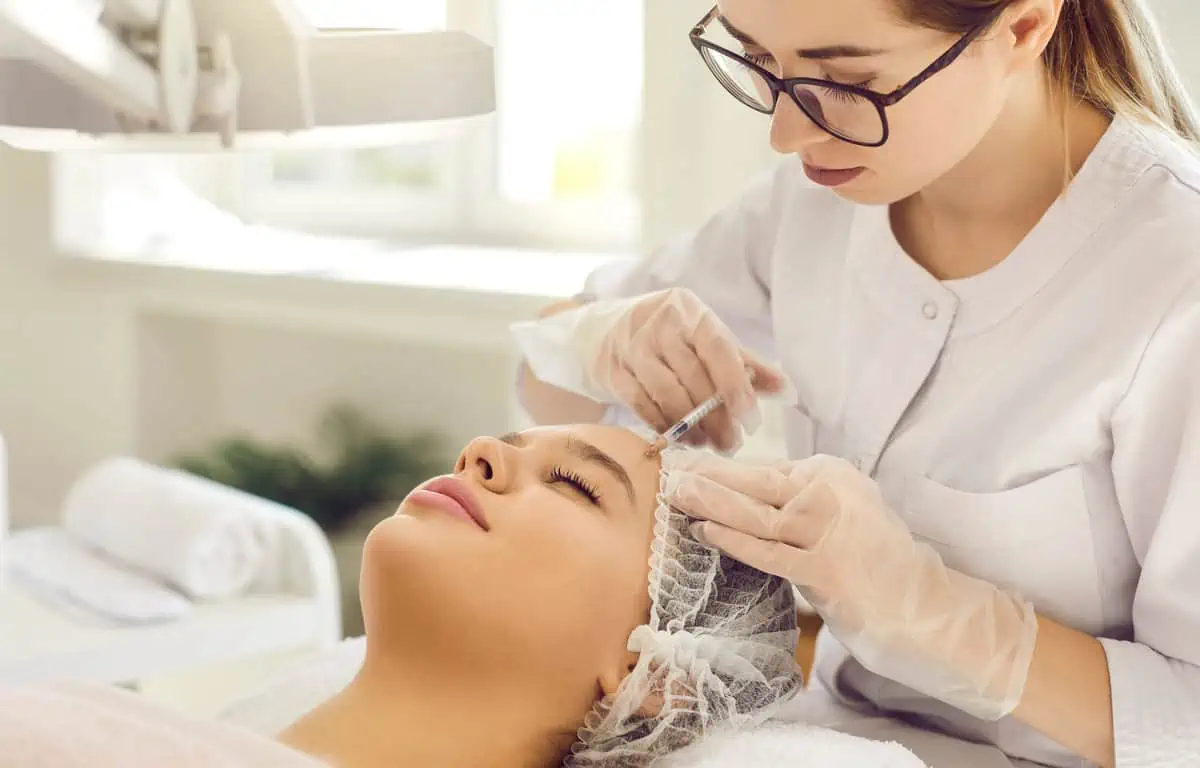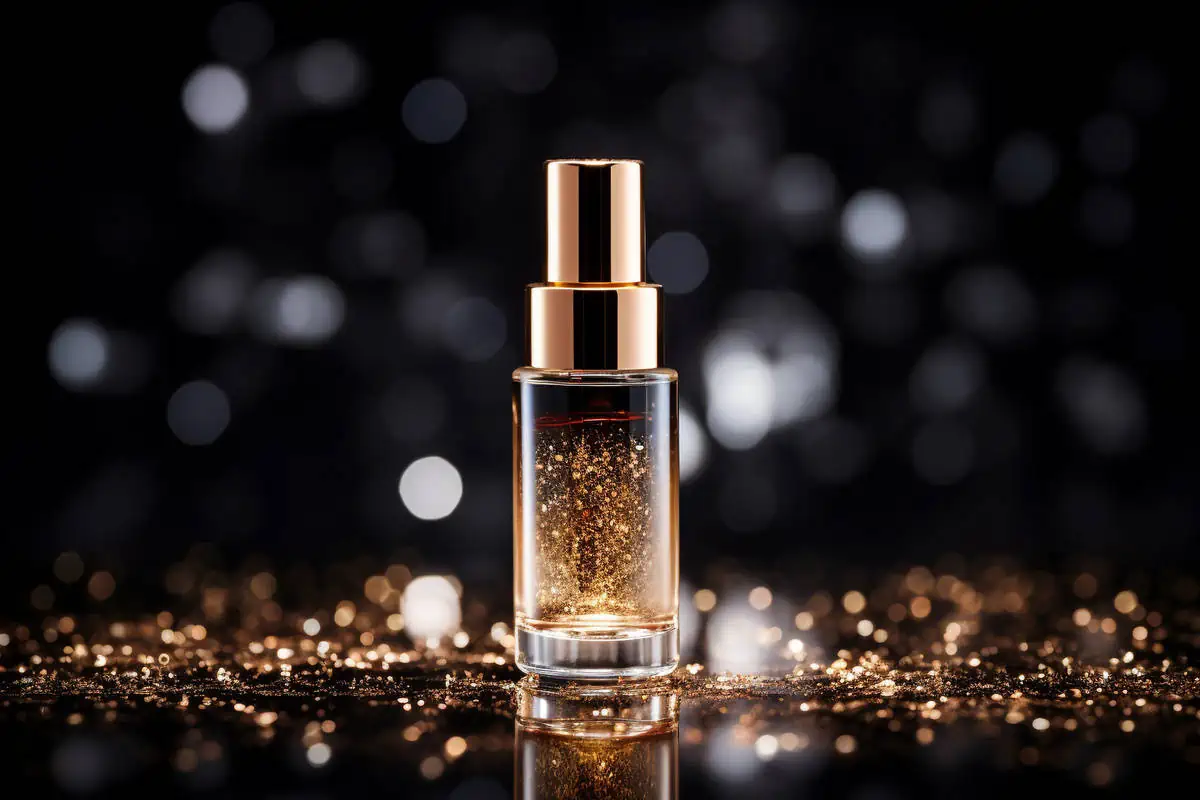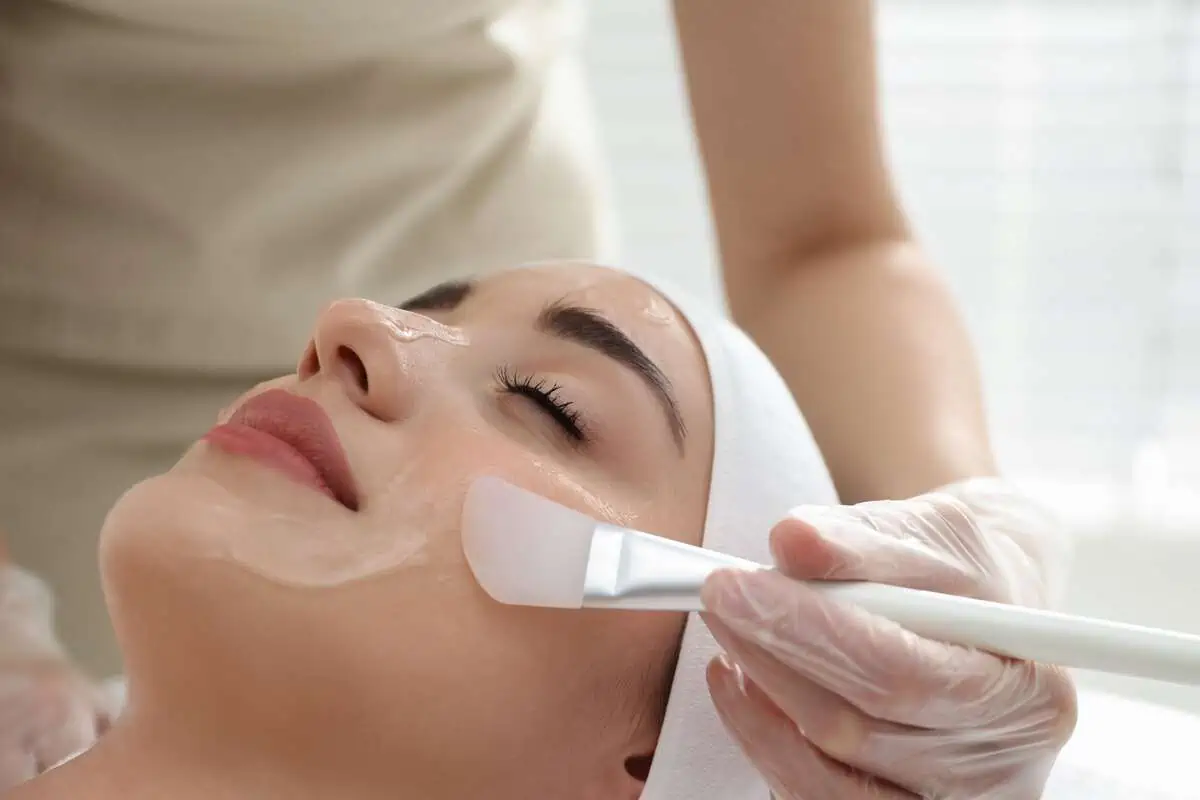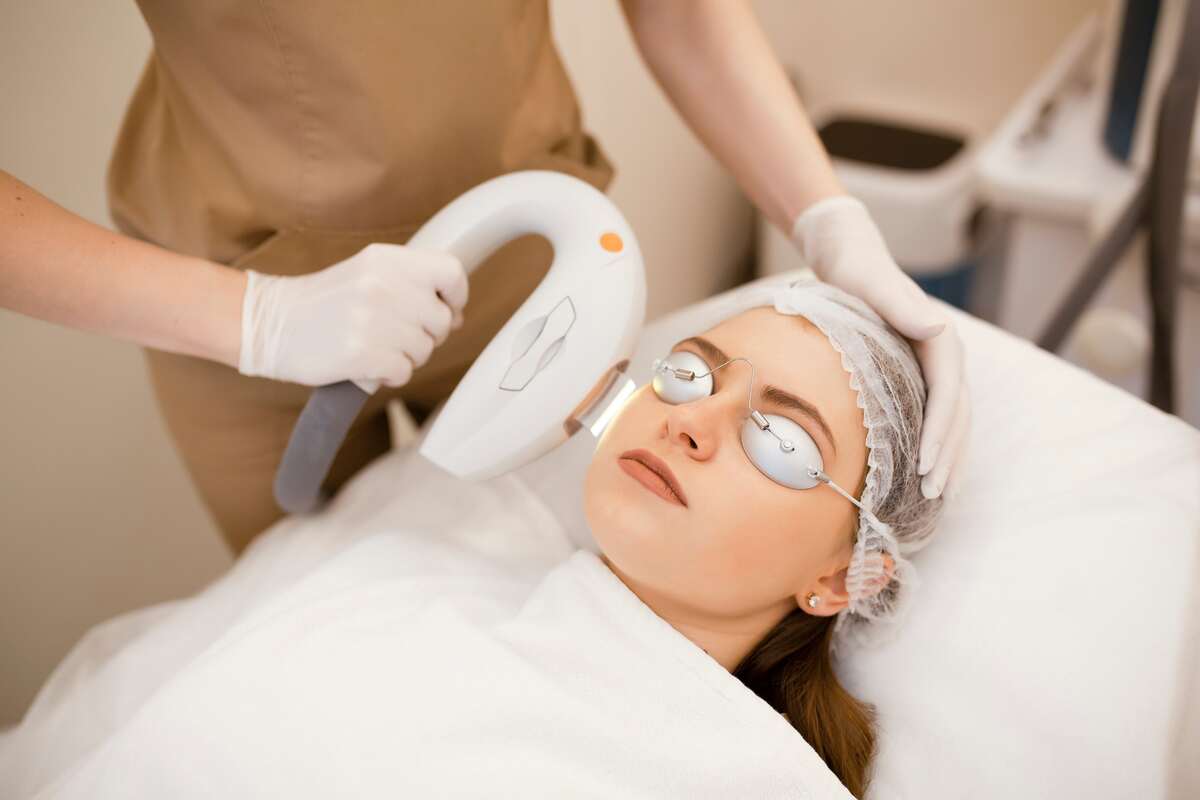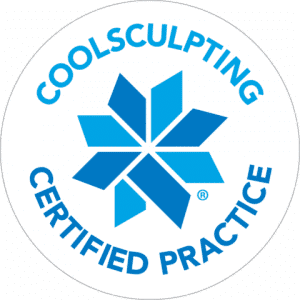Botox (aka neuromodulator) procedures are an effective anti-aging tool that should be implemented in everyone’s beauty routine. This guide will help provide you with all the information you need to know and help determine if a botox procedure is right for you.
What Is Botox?
Botulinum toxin type A, better known as Botox Cosmetic, is an injectable neurotoxin. Other brands include Dysport, Xeomin, and Jeaveau. Botox works like these other brands to help relax muscles that lead to the formation of wrinkles. The differences between Botox Cosmetic and these other brands lies in the formulation of a toxin.
Botox is the first FDA-approved toxin that has been approved to treat fine lines and wrinkles. These uses make Botox injections the most popular noninvasive cosmetic procedure in the United States to help reverse the effects of aging or prevent aging.
How Does Botox Work?
Botox is a form of neurotoxin that, when injected into the muscle, temporarily paralyzes or relaxes the target area. Botox is a type of injectable that helps promote a more youthful and lifted appearance. The most common areas of treatment are the face and neck.
What Is the Botox Procedure Like?
The Botox procedure is fairly quick and painless. The procedure takes around 10 minutes and is performed by a qualified medical professional. The doctor follows the patient’s personalized plan to ensure that they get the best results. Each area of treatment requires different amounts or units of toxin in order to be effectively treated.
Prior to the procedure, the patient needs to schedule a consultation with their doctor or medical spa of choice. The doctor is able to address any of the patient’s questions or concerns. During this consultation, the doctor creates a personalized treatment plan that is catered to the patient’s needs and goals. The doctor may recommend that their patient use Botox in conjunction with other procedures, such as dermal fillers.
Patients should disclose their medical history, current medications, and any other concerns they have with their doctor. This will ensure that they get optimal results from the procedure.
The qualified medical personnel will inject the Botox treatment into the desired area. Some doctors offer a topical anesthetic prior to injection. The treatment process is typically fast and painless. Results can often be seen within 48 hours but usually take between 3 to 10 days.
The doctor may provide the patient with an after-care guide. However, there is minimal downtime and patients are usually able to resume normal activities after the procedure. The procedure may differ slightly depending on the facility the patient chooses.
Who Performs the Botox Injections?
A variety of healthcare professionals can perform the Botox procedure. Depending on state regulations, physicians, physician assistants, nurse practitioners, and nurses can perform Botox injections. Some states require doctors to perform Botox injections. Check the regulations within your state to ensure that the proper medical professional performs the procedure. The patient can ask the doctor during their consultation to determine who will perform their procedure.
What Procedures to Get With Botox?
The Botox procedure can be performed by itself. However, doctors may recommend that patients get Botox in conjunction with other noninvasive procedures. Fillers are a popular method of treatment that are commonly performed with Botox.
Fillers promote skin elasticity, something we naturally lose with age. Some fillers, such as Sculptra Aesthetic, promote the natural production of collagen in the body, acting as a biostimulator.
Botox is best for anti-aging as it can help remove wrinkles and prevent wrinkles from forming. However, as people age, they lose volume in certain areas of the body. Fillers are recommended to boost volume in the targeted areas. Both procedures work together to promote a youthful, lifted, and smooth appearance.
How to Get the Best Results for Botox
Patients who want consistent results should typically start Botox injections when they are in their early 20s. The patient should get Botox every six months to minimize the appearance of fine lines and wrinkles on the face and neck.
As patients get older, they lose volume in their faces. Many doctors recommend patients use both fillers and Botox to help increase volume in the face, which helps skin look plump and smooth.
Treatment Areas for the Botox Procedure
The most common cosmetic areas of treatment for Botox are the face and neck. Botox is typically used in other areas of the body to treat certain muscular conditions. It can also be used as a treatment to help reduce excessive sweating.
The face and neck are the most popular areas for treatment, as these are where wrinkles and fine lines are more evident. The most common areas Botox is on the face and neck include:
- Vertical neck bands
- Frown lines (glabellar lines)
- Forehead wrinkles
- Crow’s feet
- Corners of the mouth
Botox injections can help reverse aging and be used as a preventative measure to slow the effects of aging.
Risks and Side Effects of Botox
There are a few risks and side effects associated with Botox injections. For example, approximately 1% of the people who receive Botox injections develop antibodies to the toxin which makes future treatments ineffective. This is extremely rare and does not typically occur.
Botox is a nonpermanent procedure that can temporarily prevent facial expressions.
Common risks and side effects include:
- Pain at the injection site
- Headaches
- Dysphagia
- Bruising
- Soreness
- Numbness
- Nausea
- Dry mouth
- Tiredness
Serious Side Effects Include:
- Difficulty swallowing, speaking, and/or breathing
- Loss of strength
- All-over muscle weakness
- Double or blurred vision
- Drooping eyelids
- Loss of bladder control
Some patients may also exhibit an allergic reaction to the injectable toxin. Signs of an allergic reaction include itching, rash, welts, asthma, and wheezing.
Botox does not typically cause serious or life-threatening side effects. However, if patients continue to experience these symptoms, they should seek immediate medical help. Patients should also seek medical help if they feel like they have an allergic reaction as a result of the Botox treatment.
If patients have any concerns, they should schedule a consultation with the doctor prior to the procedure. You should never try to inject Botox at home by yourself. This is a treatment only a professional cosmetic provider can give.
Who Is the Perfect Candidate for Botox Procedures?
The perfect candidate for Botox injections is someone who is trying to minimize the look of fine lines and wrinkles. Botox is best fit for patients between the ages of 18 to 65. The patient should be in good health and have realistic expectations for results.
There is no “perfect candidate” for Botox as it caters to many patients. Botox can be used to treat moderate wrinkles, as well as to help prevent new wrinkles from forming. The patient should schedule a consultation with the doctor to ensure that they are a candidate for Botox injections.
Who Is Not a Good Candidate for Botox?
Patients who are currently pregnant or breastfeeding are not good candidates to receive Botox treatments. Botox is also not an appropriate treatment for patients seeking to treat wrinkles as a result of sun damage.
During the consultation, the doctor will help you determine whether you are a good candidate for Botox treatments. Check out our blog for more helpful tips on skincare, Botox for men, and what to include in your daily routine.
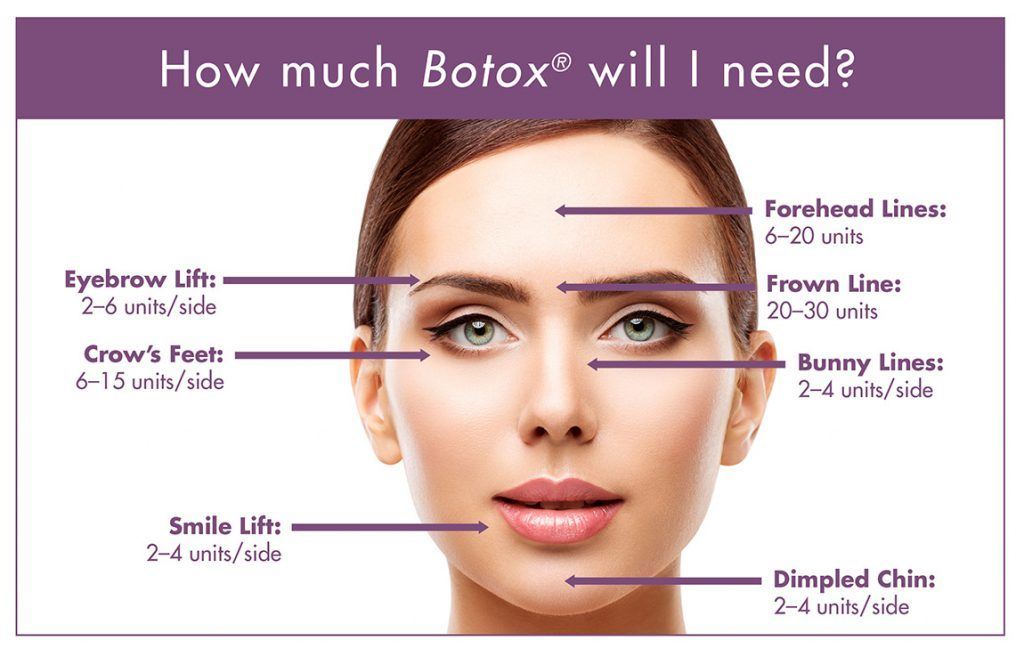
Frequently Asked Questions (FAQ)
Is Botox Bad for You?
There has been a lot of research conducted about Botox. There is currently no research that indicates that Botox is harmful.
Is Botox Permanent?
No, Botox is not permanent.
How Long Does Botox Last?
Botox typically lasts three to six months. Wrinkles and frown lines begin to reappear as the results of Botox fade. Patients need to be reinjected to see results.
How Much Does Botox Cost?
Botox typically costs between $13-20 per unit of Botox. Patients typically need 20 to 60 units per targeted area of treatment. The average cost of a single session can range between $500-$800.
Is Botox Covered by Insurance?
Botox is a cosmetic treatment. Most cosmetic treatments are not covered by insurance and must be paid out of pocket. Some doctors offer payment plans to help patients afford the procedure. Patients should check with their insurance companies to confirm whether the treatment will be covered.
How Long Does the Procedure Take?
Botox procedures typically take 10 minutes. The process is quick, painless, and typically requires no downtime after the treatment.
How Long Before Seeing Results?
Botox results are subtle but noticeable. Full results can usually be seen within 24 to 48 hours. However, it is important to note that the number of units used can change results. The quantity of Botox injected into the site can be fine-tuned to deliver optimal results and meet patient needs.
How to Make Botox Last Longer?
Because Botox is not permanent, there is no way to make the results of Botox last longer. Doctors recommend getting another treatment of Botox before six months pass to extend results.
What Is Recovery Like?
There is generally no recovery time after the procedure. Any side effects should begin to fade after a few hours. If side effects persist, it is recommended that the patient seek medical help.
How to Make Botox Look Natural?
There is a stigma that Botox does not look natural and results in a rigid appearance. Most Botox procedures result in a natural appearance. Botox temporarily paralyzes the targeted muscle and can limit facial expressions. The strength of the neurotoxin used will usually change the range of facial movement the patient will have.
What Results Should I Expect?
Doctors aim to make results fit patient goals. Most doctors aim for a natural appearance. However, if the patient wishes for a more dramatic look, the doctor may use additional units of Botox. This depends on whether patients want a lot of facial movement. The doctor may use a different strength of neurotoxin, aside from Botox, to fulfill patient needs.
Should Botox Be Used With Other Procedures?
As mentioned above, many doctors recommend Botox to be used with fillers. Fillers are beneficial because they can add volume to the face and promote a youthful look. These two procedures can help combat aging.
Will I Look Overdone?
No, Botox will not look overdone. Patients who use too much filler typically have an overdone look as it adds volume to the face. Doctors who are skilled in Botox injections, as well as fillers, can help patients achieve a natural, youthful, and lifted look.
How Many Units of Botox Do I Need?
The number of units varies depending on the area of treatment. Some muscles require more units than others. Consult with your doctor to determine how many units of Botox you will need to achieve desired results.
Will I Be Able to Move My Face?
Yes, you will be able to move your face. The range of movement that you will have depends on the amount of Botox used. The more units of Botox the doctor uses, the less movement you will possess. If patients desire more facial movement, the doctor can use a lesser amount of neurotoxin.
